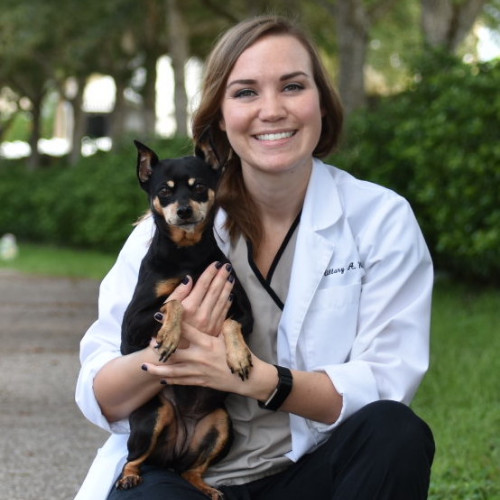Xylitol is a sugar alcohol mostly used as a sugar substitute in many sugar free food products. Humans have no problem with it in moderate amounts, and it’s diabetic-friendly, however it’s extremely toxic and even deadly to dogs – arguably the #1 most toxic food substance for dogs.
Dangerous: This food is generally considered a serious threat to the health and wellbeing of dogs. Please contact your vet, a veterinary hospital or pet poison control if you suspect your dog has eaten this food recently.
Why is Xylitol Dangerous for Dogs?
While xylitol is safe for humans to consume in moderate amounts, it can be extremely toxic to dogs. When a dog ingests xylitol, it can cause a rapid release of insulin, leading to hypoglycemia (low blood sugar). This can happen within 10-60 minutes of ingestion and can be life-threatening if not treated immediately. Xylitol toxicity can also lead to liver failure, seizures, and even death.
Ranked List of Foods that Contain Xylitol and are Harmful to Dogs
- Sugar-Free Gum and Candy: Sugar-free gum and candy are the most common sources of xylitol, and just a few pieces can be toxic to dogs. Make sure to keep these products out of reach of your furry friend.
- Peanut Butter: Some brands of peanut butter may contain xylitol, so it’s important to read the labels carefully. If you use peanut butter as a treat for your dog, make sure it does not contain xylitol.
- Baked Goods: Xylitol is often used in sugar-free baked goods like muffins, cookies, and cakes. Make sure to keep these treats out of reach of your dog, as even a small amount can be toxic.
- Toothpaste and Mouthwash: Some brands of toothpaste and mouthwash contain xylitol, which can be dangerous if ingested by dogs. Make sure to store these products safely and keep them out of reach of your furry friend.
- Sugar-Free Jello or Pudding: Some brands of sugar-free jello contain xylitol, so make sure to check the labels carefully before giving it to your dog.
Get Help Quickly If They Eat Any
If your dog ingests any xylitol products, it is important to seek veterinary care immediately, even if they seem fine. Time is of the essence in treating xylitol toxicity, so do not wait for symptoms to appear. Call your veterinarian or a pet poison control hotline for guidance on what to do next. Do not induce vomiting unless directed to do so by a veterinary professional. The faster your dog receives treatment, the better their chances of recovery.
ASPCA Animal Poison Control Center (open 24/7) at (888) 426-4435

